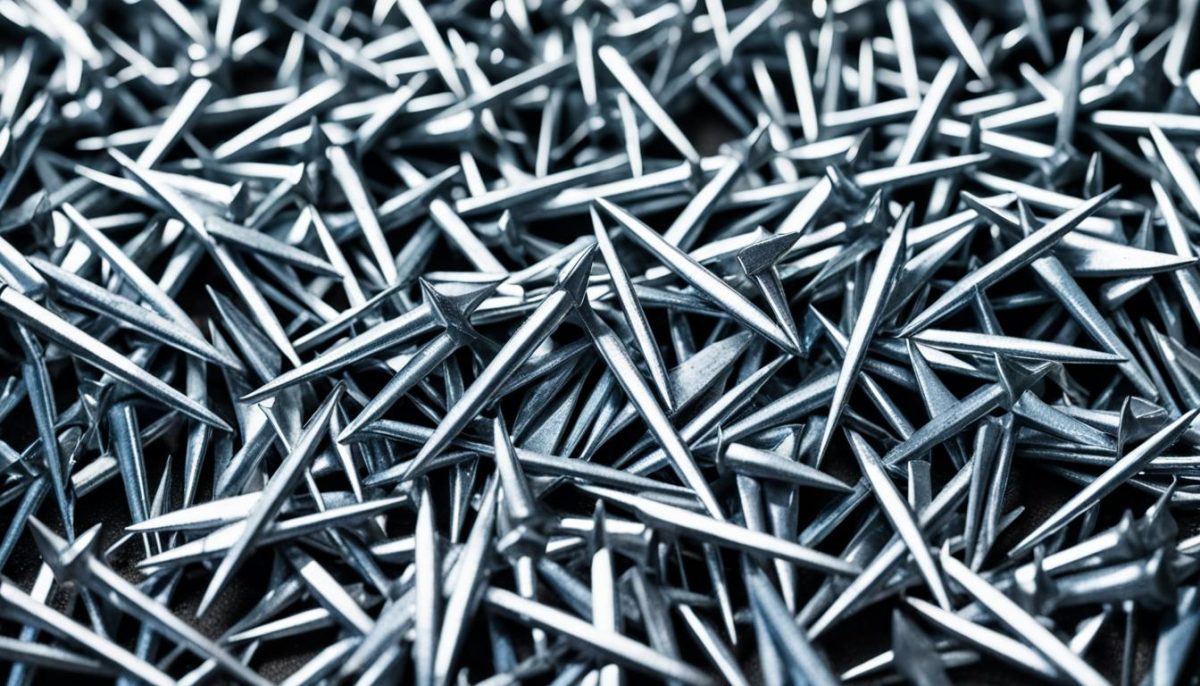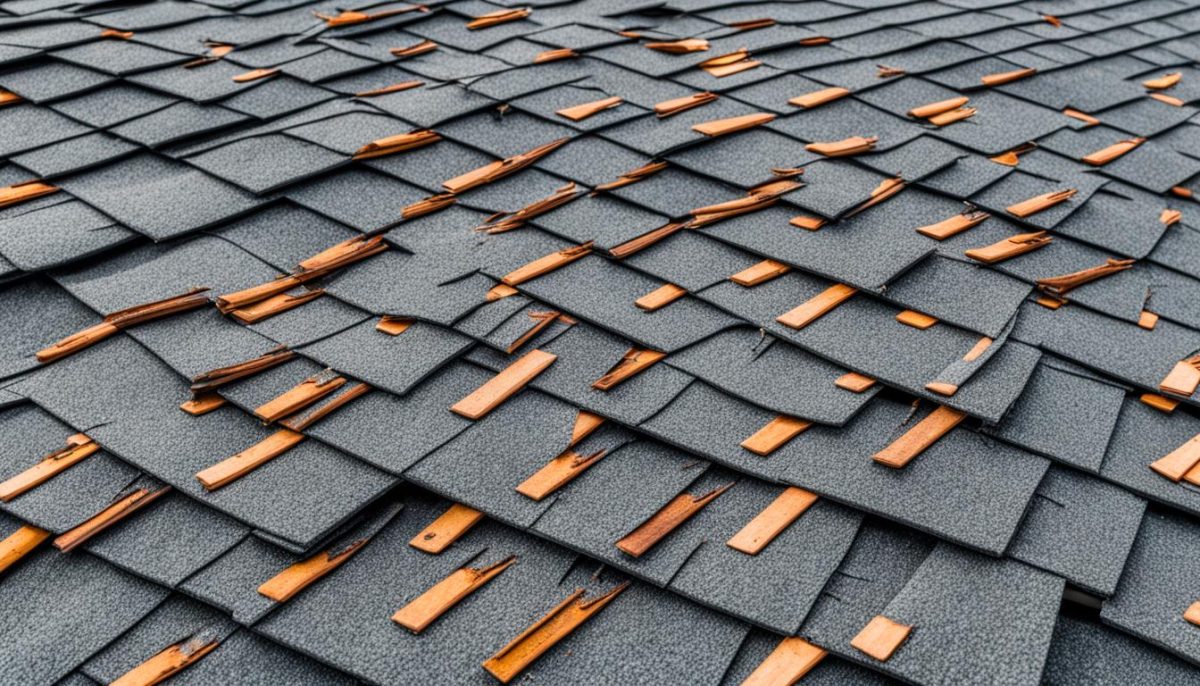If you’re a homeowner, then you know how important a well-maintained roof is to protect your investments from the elements. Proper maintenance is key to extending the longevity and ensuring the protection of your roof. One essential aspect of roof maintenance is addressing exposed roofing nails. These nails hold your roof together and keep it in place, but when they become exposed, they can pose a serious risk to your roof’s health.
In this section, we’ll cover why it’s crucial to tackle exposed roofing nails, the potential risks they pose to your roof’s longevity and protection, and provide expert tips on how to care for your roof properly. We’ll outline when to act and how to keep your roofing nails in tip-top shape.
Understanding Different Types and Sizes of Roofing Nails
Choosing the right type and size of roofing nails is crucial for the long-term durability and effectiveness of your roof. The two primary types of roofing nails are galvanized and common roofing nails, both with their unique features and benefits.
Galvanized roofing nails are coated with zinc, which provides excellent rust and weather resistance, making them a great choice for areas with high humidity or harsh climates. Common roofing nails, on the other hand, are uncoated and designed for temporary applications, with a shorter lifespan compared to galvanized nails.
Another essential factor to consider when selecting roofing nails is their size. The right nail size depends on the specific roofing material used. Using nails that are too short can cause them to pop out, compromising the stability of the roof, while nails that are too long can damage the underlying structure of the roof.
Below is a table showcasing some common roofing nail sizes based on roofing material:
| Roofing Material | Recommended Nail Size |
|---|---|
| Asphalt shingles | 11-gauge, 1.5 inch to 2 inch nails |
| Slate | 10-gauge, 2.5 inch nails |
| Metal Roofing | 10-gauge to 14-gauge, depending on thickness of the metal |
Keep in mind that these are just general recommendations, and it’s always best to consult with a roofing professional for specific nail size requirements for your particular roofing material.
When it comes to selecting the best roofing nails, there are various options available in the market. Look for nails that have excellent corrosion resistance, hold strength, and sharp points for easy penetration. Always choose high-quality nails to ensure the long-term durability and protection of your roof.

Tools and Techniques for Properly Installing Roofing Nails
Proper installation of roofing nails is crucial for the longevity and protection of your roof. This section will guide you through the essential tools and techniques required for correctly installing roofing nails.
Roofing Nail Gun
Invest in a roofing nail gun to make the installation process quicker and more efficient. A nail gun will help to ensure that roofing nails are installed uniformly and with the correct depth. This tool is especially valuable when working on a large roofing project.
Roofing Nail Length
The appropriate length of roofing nails is vital to ensure they provide optimal protection for your roof. It is crucial to choose the correct length of nail for the specific roofing material you are using. For example, if you are installing asphalt shingles, you should use nails that are 1 ¼ inches in length.
Roofing Nail Shingles
When securing roofing shingles, it is essential to follow the manufacturer’s instructions to ensure a secure fit that will protect your roof for years to come. As a general rule, nails should be driven through the thickest part of the shingle and fastened securely to the roof deck below.
Best Roofing Nails
Choosing the best roofing nails will go a long way in ensuring the protection and durability of your roof. Opt for galvanized roofing nails as they are less likely to rust and are more durable than standard roofing nails. Additionally, look for roofing nails with a large head that will hold the shingle securely in place.
By using a roofing nail gun, selecting the appropriate length of nail, securing roofing shingles properly, and choosing the best roofing nails, you can ensure that your roof is protected for years to come.



